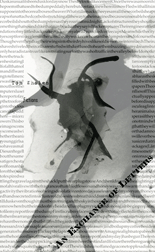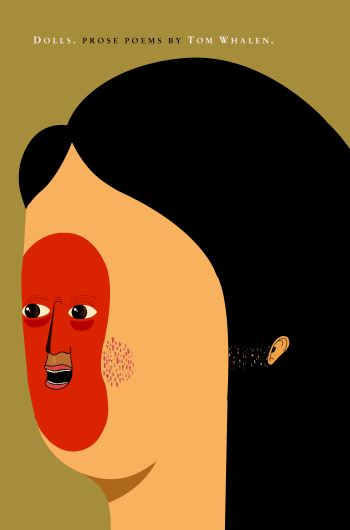The “oldest” writer, and by far the most underrated, from my 1979 “Young Writers I Admire” article was Tom Whalen, who was barely 30. I praised his poetry chapbook The Spare Key and the stories I’d seen in some of the same little mags I also got published in: Nantucket Review, Interstate, Panache, Laughing Bear, Iron – as well as his editorship of New Orleans’ Lowlands Review (the first publisher of soon-to-be-household-names like Madison Smartt Bell, then a Princeton undergrad).
Later Tom would become a close friend when he asked me to be a guest teacher at the New Orleans Center for Creative Arts, where he founded and directed the most rigorous high school creative program in America from 1977 to 1999, giving teenagers the equivalent of a pre-undergrad MFA. Named New Orleans Public Schools Teacher of the Year in 1984, Tom has published literally hundreds of stories, poems, prose poems and reviews, as well as works of literary and film criticism and screenplays. It’s hard to think of a major literary publication of the last thirty years that hasn’t published Tom Whalen’s astonishing work, which The Review of Contemporary Fiction has called “thickly lyrical and meditative, interrogating the relation of language to things, of books to life.”
Now retired in Germany (but retired like I am — in other words, still working part-time, Tom as a visiting professor of film and North American Studies at the Universities of Stuttgart and Freiburg, respectively), Tom gets my vote for the undisputed world champion in the heavyweight division of Writer You Should Know About But Don’t.

So you never heard of the little mags I mentioned in the first paragraph? Since Tom’s first story appeared in INTRO, the AWP anthology of graduate student work, when he was studying at Hollins back in 1972, he’s endured, like Dilsey, while many of the publications he’s appeared in have gone by the wayside. What has he done lately? See his recent stories “History Lesson” in AGNI Review, “Prose Piece for Martha Stewart” at Pindeldyboz and “Surviving Death” at Barrelhouse, for one. (Okay, I guess that’s three.)
The author of Roithamer’s Universe and other novels, Elongated Figures and other story collections, Winter Coat and other poetry collections, co-author of A Visitor’s Guide to the Afterlife and distinguished translator of Robert Walser, Tom has two new books out:
In the story collection An Exchange of Letters, just released by Parsifal Editions, levels of reality are exchanged, shuffled, made to dance, fuse and vanish. In “After the Rain”’s post-apocalyptic landscape, “Children congregate around the puddles and point to the reflection of the planes crashing at the water’s edges.” The eponymous “Jorinda and Joringel” (from the tale by the Brothers Grimm) appear trapped forever in their past, but the generative nature of the form of their discourse resists despair. “Report from the Dump,” “Twenty-six Novels” and “Critical Tendencies of the Middle Ages” present Tom’s chiseled prose in all its remarkable diversity.
And just out in the last couple of weeks (I got my copy in the mail only a few days ago) is Dolls, Tom’s winning entry in the 2006 Caketrain Chapbook Competition, judged by one of my favorite poets, Denise Duhamel (we’re old friends, I’m old friends with Tom, but like too many of you, Denise had never heard of Tom before she discovered she’d selected his anonymous manuscript). This is what she has to say about Dolls:
“Baudelaire wrote that ‘the overriding desire of most children is to get at and see the soul of their toys.’ Rilke claimed that when children realize that their dolls are inanimate, that their toys have no souls at all, they grow disgusted with their dolls. Enter Tom Whalen….these beautifully crafted prose poems are as animated and frightening as voodoo dolls—think the American Girl collection in the hands of Cindy Sherman. Dolls delighted and scared me beyond belief.”

The penultimate word on Dolls comes from Sven Birkerts:
“Tom Whalen’s book is malign and unsettling and darkly outré – he re-Wittgensteins the world that used to be the case through the impassive, but vigilant, eyes of his dolls, and returns it to us strikingly changed.”
The last word on Tom Whalen comes from me: Don’t just sit there, read him. What have you been waiting 35 years for?





